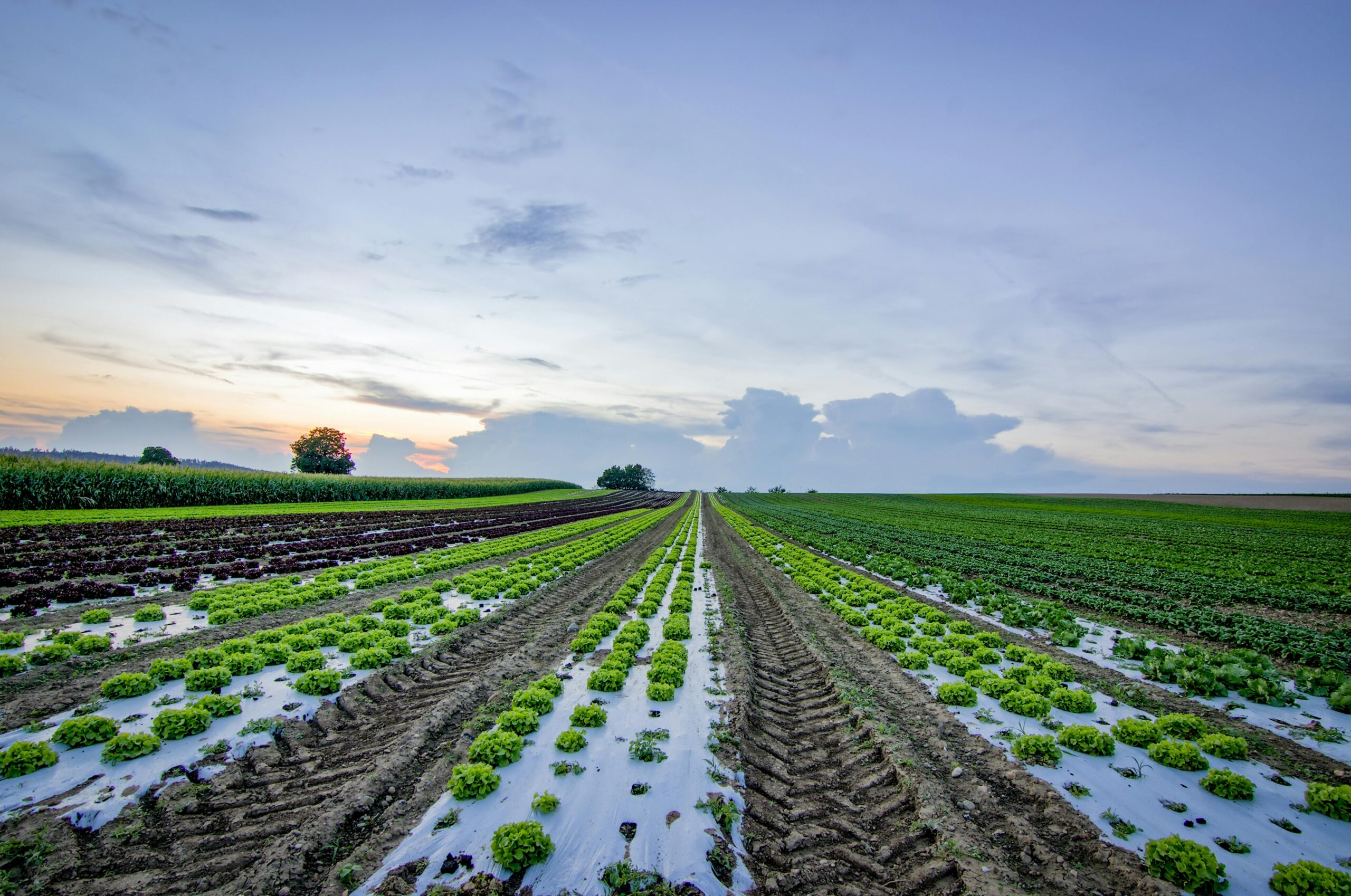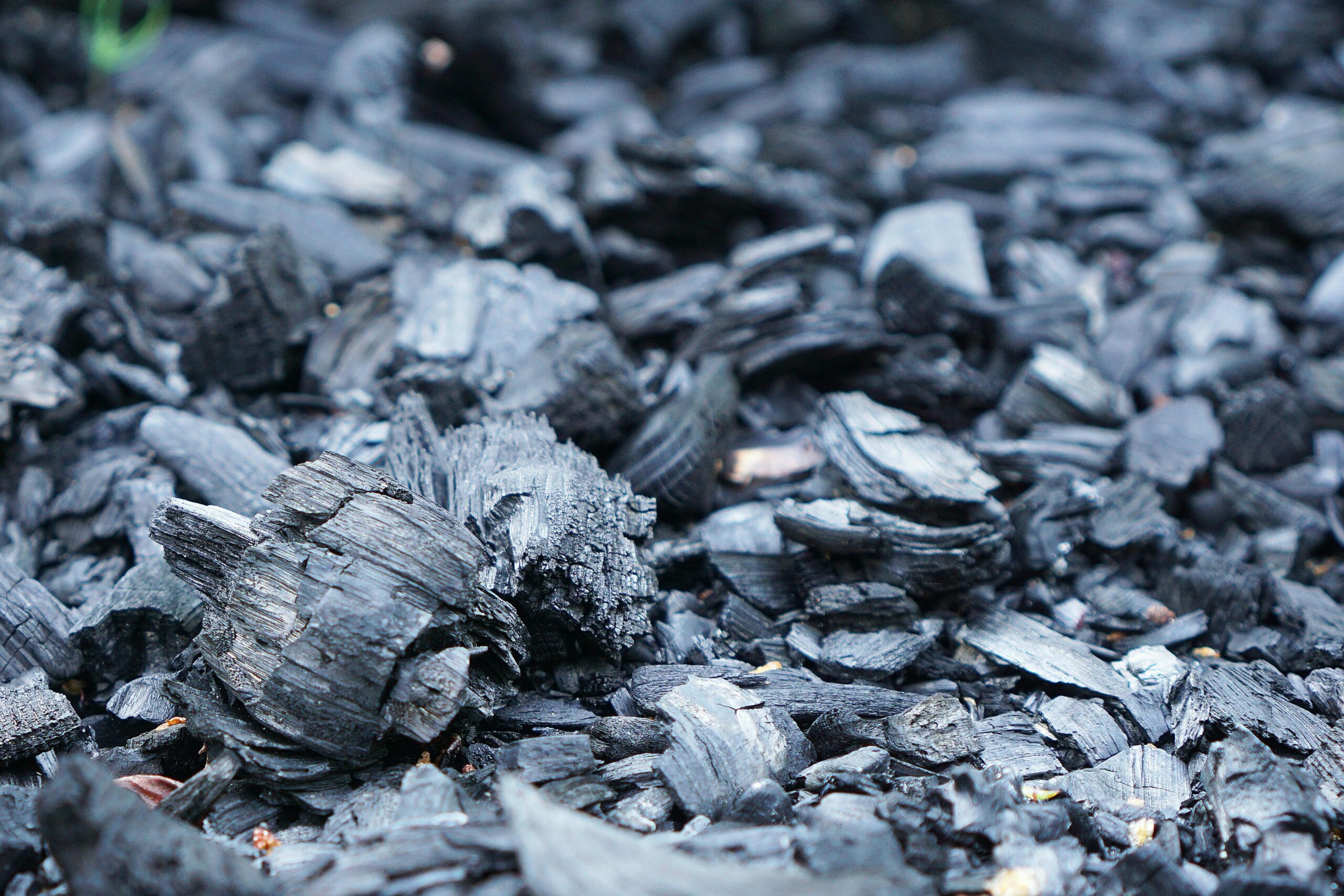First of all, let me say that I am glad to have my website back up and running. I had a snafu with verification but thanks to my webmaster Cliffy, it is all fixed. So, back to the blog we go.
I have been talking to folks out here in Vegas about Lake Meade and water in general. The same questions came up that I hear a lot. They had to do with being prepared for a water crisis. Is there a way to be prepared? Do we need a water emergency plan? The answer to both of those questions is yes. To what level we prepare however is an answer that only the individual can answer.
Obviously, if money is no obstacle we could just install our own water tower, pumps and treatment system. We could run our own pipe out to the local lake or river as well. However, both money and common sense should guide us in determining what level of water preparedness we engage in. Much of it has to do with where we live, how our water is supplied, and how much faith we have in those who supply our water. I imagine right now that the people of Flint, Michigan have very little faith. Conversely, in my hometown of Memphis, where there hasn’t been any kind of crisis in over 100 years, people take water for granted. Still, we are all just one environmental accident; one act of operator negligence; one terrorist attack or one geological event away from ourselves being immersed into a water crisis.
What we take for granted, our water, the most precious resource we have, can be plucked from us in an instant. When that happens, our lives can change dramatically. I would tell you that you should absolutely have a plan that provides you and your loved ones some level of protection from such an event. Even if your plan merely buys some time while a solution is found, it is vital that you have a water emergency plan.
Later this week I will continue this line of thinking and discuss technology that offers varying degrees of relief should a water crisis occur. Obviously, the most sensible and affordable step is to have a decent supply of bottled water on hand. It is inexpensive, readily available and easily stored. It wouldn’t cost much to have 25, 50 or even 100 gallons of reliable drinking water on hand, just in case.
We will talk more about this as the week progresses.







